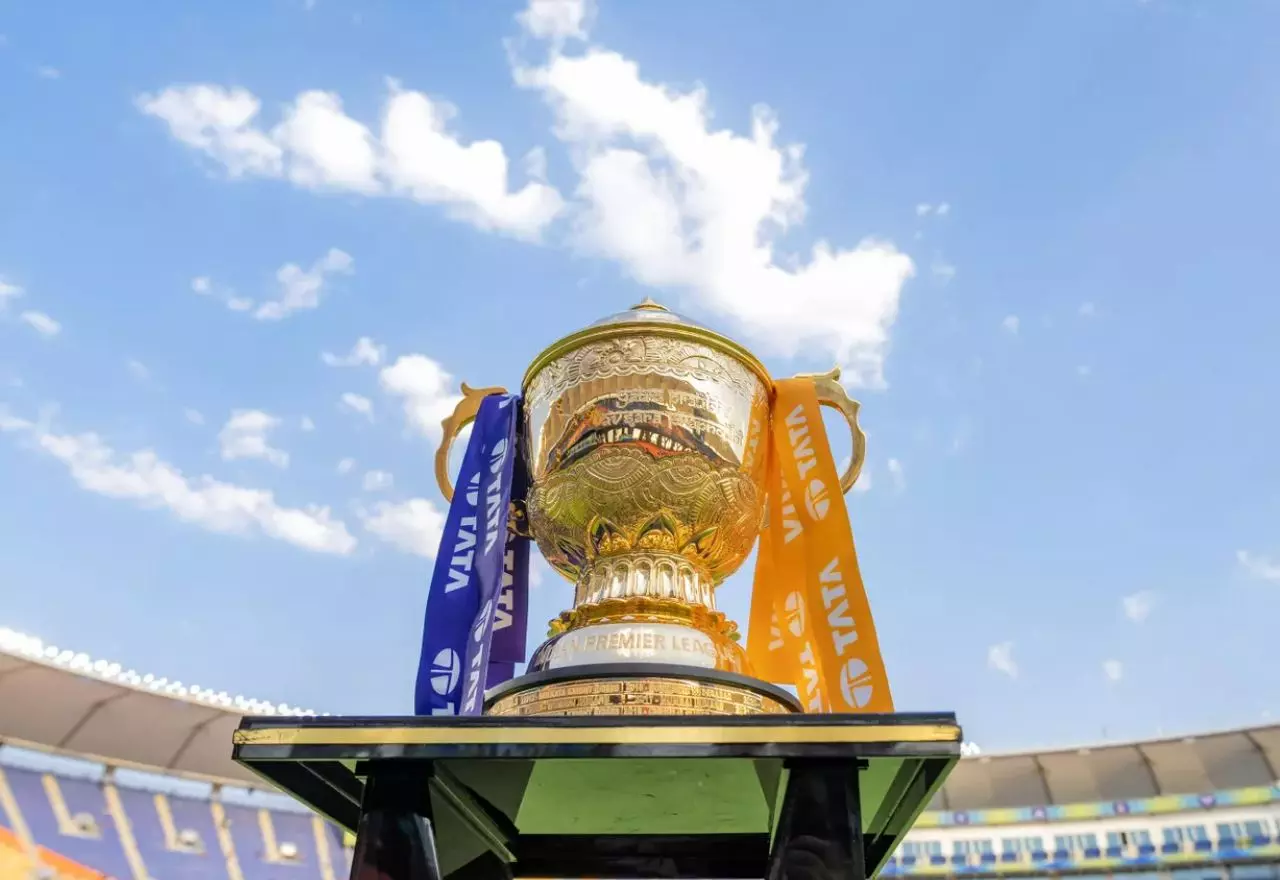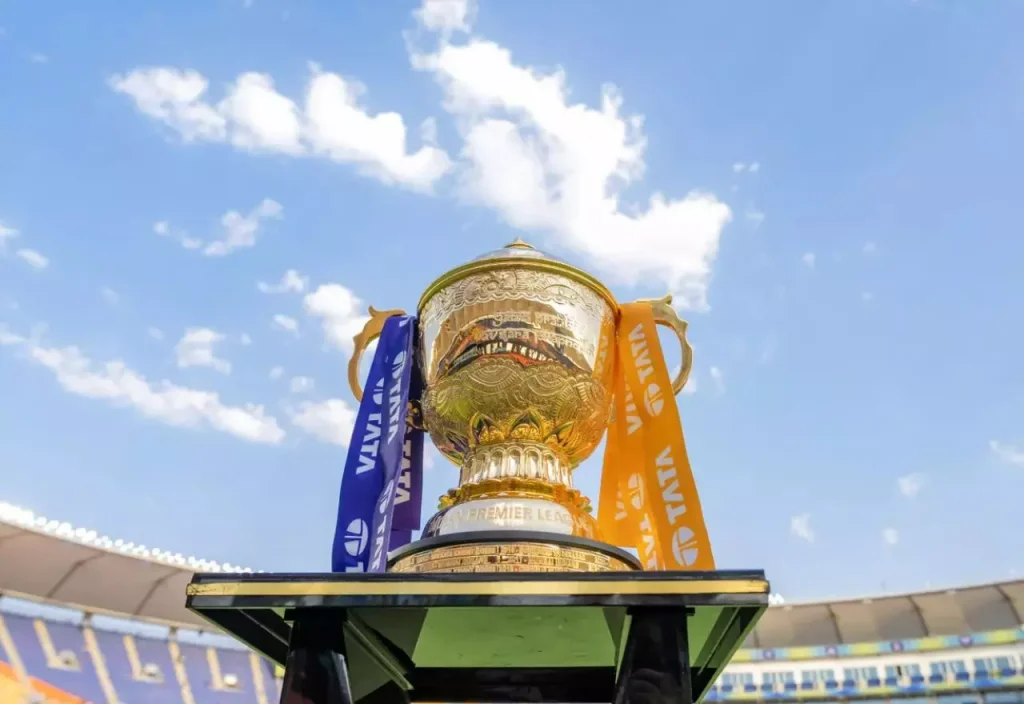
Yesterday, I wrote about how the broadcast rights for the IPL are likely to plateau during the next cycle, given that the structural levers have been already exploited. It got me thinking as to what would happen to the franchise economics and what would they need to do to protect their business. What are some international benchmarks and what could be the opportunity areas for them?
The typical P & L for an IPL franchise looks like this:
Revenue lines include central revenues of 60-85% arising out of the league’s media rights and central sponsorships. Then there is local/commercial revenues of 10-25% from jersey/kit partners, sleeve/back of shirt partners and category partners. Matchday revenues make up 5-15% coming from tickets, premium seating, hospitality boxes, concessions and parking. Finally, merchandise makes up 1-5%.
This is still under-penetrated and merits a separate analysis some other time.
Cost lines include player salaries, coaching/support staff, team operations and travel, marketing and fan engagement, stadium rent/game day ops etc.
Data available in the public space indicates that the franchises are doing well. CSK’s FY 24 revenues stood at Rs 676.4 crore and PAT at Rs 229.1 crore, while KKR had revenues of Rs 698 crore and PAT of Rs 176 crore in the same year. This means that at current rights levels and a short, concentrated season, a well-run IPL franchise can post attractive margins even before it fully optimises local revenue.
In the EPL, the top 6 teams have a typical split of — commercial (sponsorship, merchandise, tours) 40-50%, matchday 15-25% and broadcast/central Pool 25-35%. The key drivers are stadium ownership, premium hospitality, global tours, mega-merchandise operations, and multi-country sponsorship deals.
This is possible internationally because of four reasons 1. Stadium/arena ownership gives full control over premium seating, concessions, naming rights, and non-game events.
2.Global brand monetisation — tours, merchandising in overseas markets, global sponsors (Emirates, Nike, Adidas) with multi-year, multi-market deals.
- Longer seasons — more home games = more ticket, hospitality, and in-venue spend.
- Membership culture — tens or hundreds of thousands of paying club members (Barcelona, Bayern) create a recurring revenue base outside broadcast deals.

In contrast, in the IPL, the local/commercial/matchday is underdeveloped because of the short season (home games 7-8 per year). Most teams don’t own stadiums and matchday revenue share is limited. International brand monetisation is nascent (diaspora events rare, minimal global sponsor activation).
Match ticket prices in the IPL in India are realtively lower compared to any league internationally. Average per-capita income in US/UK is 6-8x that of India. US/UK teams control concessions, suites, naming rights allowing them to bundle high-value experiences. Sports tickets are often a major discretionary spend in US/UK households; in India, cricket remains affordable for mass audiences.
Match Ticket Prices: A comparison of IPL versus other leagues
| League/Event | Entry-Level Ticket | Median Ticket Price | Premium Hospitality |
| IPL (India) | US$3.5–6 | US$12–14 | US$36–72 |
| EPL (UK) | US$38–50 | US$77 | US$255–640 |
| NFL (USA) | US$80–100 | US$122 | US$250–$1,000+ |
| NBA (USA) | US$40–60 | US$90–150 | US$300–$1,000+ |
| MLB (USA) | US$20–30 | US$35–50 | US$150–$500+ |
I also ran a working of these prices adjusted to Purchasing Power Parity and this showed that while IPL tickets look cheap in dollar terms, they’re not that far off in local affordability compared to EPL/NFL.
The challenges in India are therefore daunting. We may witness some systematic innovation in pricing with some high impact matches being priced higher than other matches. In the meanwhile, franchises would do well to look at internationalisaiton, merchandise, membership revenues and multi-team ownership (men’s + women’s + overseas T20) to create cross-selling, shared services and 12-month inventory as visible in the KKR model.
In NFL, NBA, EPL, La Liga, the biggest clubs make more from their own cash flows than the central pool …and that’s the strategic leap IPL franchises need to make if they want resilience when BCCI media rights plateau.
For more such stories, follow RevSportz




